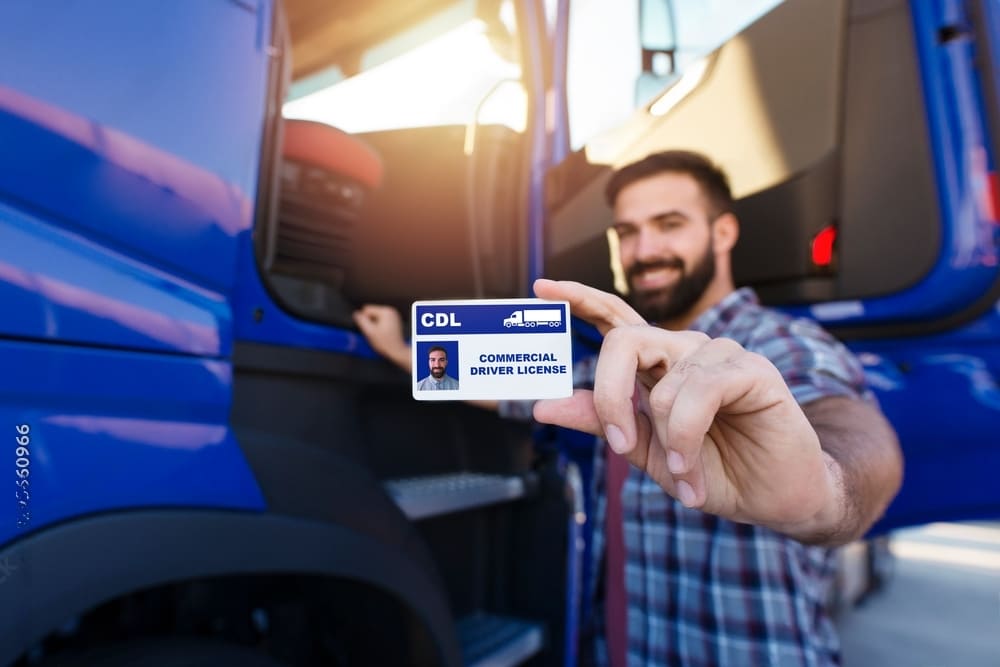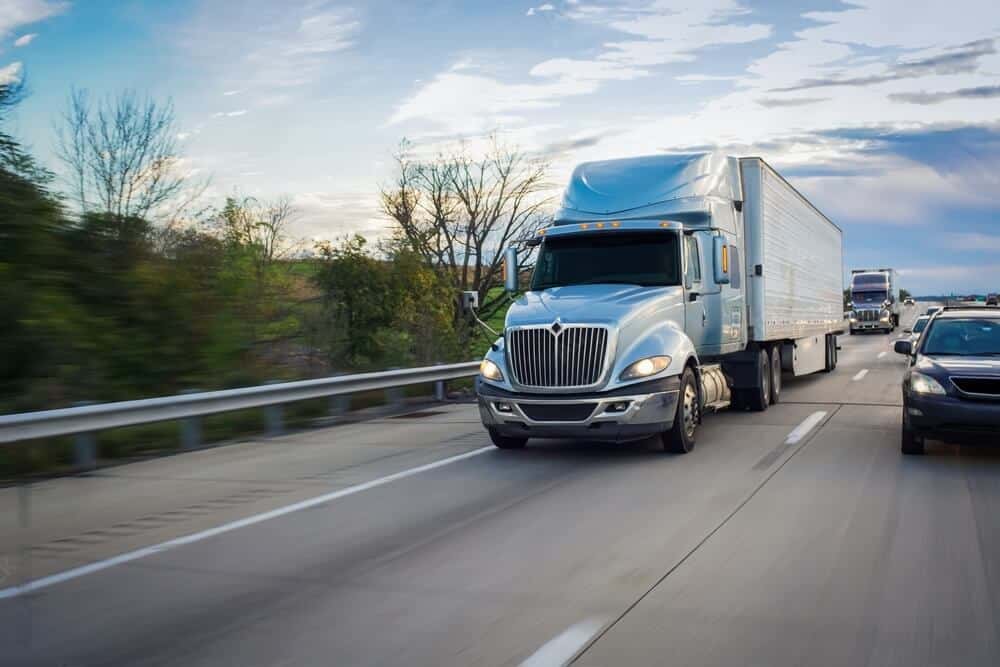If you’re planning to drive a commercial vehicle in the United States, you’ll need to obtain a Commercial Driver’s License (CDL). A CDL is a specialized license that allows drivers to operate large, heavy vehicles like semi-trucks, buses, and other commercial vehicles. However, to drive certain types of commercial vehicles, you’ll need to obtain additional endorsements. In this article, we’ll focus on Class B CDL endorsements and what you need to know to obtain them.
What is a Class B CDL?

A Class B CDL is a type of commercial driver’s license that allows drivers to operate vehicles that weigh more than 26,000 pounds, as well as vehicles that are towing trailers or other vehicles that weigh less than 10,000 pounds. Some of the vehicles that fall under this category include large buses, dump trucks, and delivery trucks.
To obtain a Class B CDL, drivers must pass a series of tests that demonstrate their ability to operate commercial vehicles safely. These tests cover a range of topics, including vehicle inspection, basic vehicle control, and on-road driving. Additionally, drivers may need to obtain specific endorsements to operate certain types of Class B vehicles.
What are Class B CDL endorsements?

Class B CDL endorsements are additional certifications that allow drivers to operate specialized commercial vehicles that require extra skills or knowledge. These endorsements are added to a driver’s CDL and allow them to legally operate specific types of vehicles. Some of the most common Class B CDL endorsements include:
- P (Passenger) Endorsement: This endorsement allows drivers to operate vehicles designed to transport passengers, such as buses or limousines.
- S (School Bus) Endorsement: Drivers who want to operate a school bus require school bus endorsement.
- H (Hazardous Materials) Endorsement: This endorsement is required for drivers who transport hazardous materials, such as flammable or explosive substances.
- N (Tanker) Endorsement: For drivers who transport liquid or gas in tanks require this endorsement to legally operate such type of vehicle.
- X (Combination of Tank Vehicle and Hazardous Materials) Endorsement: This endorsement allows drivers to transport both hazardous materials and liquids or gas in tanks.
Benefits of CDL endorsements:
Now that we’ve covered the different types of endorsements available, let’s talk about why you might want to get them. Here are some of the benefits of having Class B CDL endorsements:
- Increased Job Opportunities
Having endorsements on your CDL can open up more job opportunities for you. For example, if you have a Passenger Endorsement, you’ll be qualified to drive buses or vans that transport passengers. Without the endorsement, you wouldn’t be qualified for these types of jobs.
- Higher Pay
In some cases, having endorsements on your CDL can lead to higher pay. For example, drivers who have a Hazardous Materials Endorsement may earn more than those who don’t. It is because of the added responsibility and risk involved in transporting hazardous materials.
- Personal Development
Getting endorsements on your CDL can also be a great way to improve your skills as a driver. By learning how to operate different types of vehicles or transport different types of cargo, you’ll become a more versatile and valuable driver
How do I obtain Class B CDL endorsements?
To obtain Class B CDL endorsements, you’ll need to pass additional tests beyond the standard CDL tests. The specific tests you’ll need to take will depend on the endorsement you’re seeking. For example, to obtain a P endorsement, you’ll need to demonstrate your ability to safely transport passengers, while the H endorsement requires a thorough understanding of hazardous material transportation regulations.
To prepare for these tests, you can study the relevant sections of your state’s CDL manual and take practice exams. You may also want to consider enrolling in a CDL training program or seeking the guidance of a qualified driving instructor.
Conclusion
In conclusion, obtaining Class B CDL endorsements can open up new opportunities for drivers to operate specialized commercial vehicles. Transporting passengers, hazardous materials, or other types of cargo, obtaining the right endorsements is crucial for ensuring your safety and compliance with state and federal regulations. By studying the relevant CDL manual sections, taking practice exams, and seeking the guidance of qualified driving instructors, you can prepare for and pass the necessary tests to obtain the endorsements you need.
FAQs:
A: Yes, you’ll need to pass a separate knowledge test for each endorsement you want to add to your CDL. You may also need to take a skills test, depending on the endorsement.
A: Yes, each endorsement comes with its own set of restrictions. For example, if you have a Passenger Endorsement, you’ll be restricted from operating certain types of buses or vans. Make sure to check the specific restrictions for each endorsement you’re interested in.
A: The length of time it takes to get a CDL endorsement can vary depending on several factors, including how quickly you can study for and pass the knowledge test, and how long it takes to schedule a skills test (if required).
A: Yes, just like your regular CDL, your endorsements will need to be renewed periodically. The specific renewal requirements will depend on the state you’re in and the type of endorsement you have.
